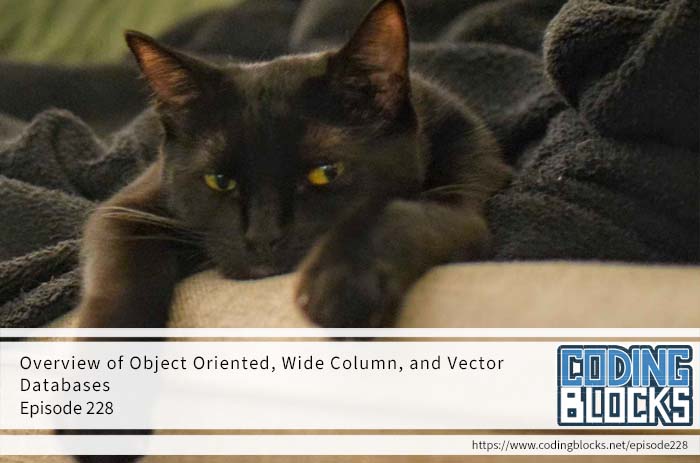
 Coding Blocks
Coding Blocks Overview of Object Oriented, Wide Column, and Vector Databases
19 snips
Feb 19, 2024 The hosts delve into object-oriented databases and document their storage comparisons, while exploring scalability in wide column stores like Azure Cosmos DB. They discuss the benefits of Cassandra for distributed databases and the cost dynamics of cloud services. The conversation transitions to vector databases' efficient data representation and machine learning concepts, touching on epoch converters' utility and digital security measures.
AI Snips
Chapters
Transcript
Episode notes
Unfamiliarity with Object-Oriented Databases
- Neither Allen Underwood nor Michael Outlaw could name an object-oriented database offhand.
- They mistakenly thought Lotus Notes was one but discovered it's classified as a semi-structured NoSQL database.
Object Storage and Iteration Challenges
- Storing actual objects might limit iteration due to tight coupling with application code.
- A schema or versioning system might exist to handle object changes, similar to Avro.
Wide Column Stores: Scalability and Dynamic Columns
- Wide column stores offer massive horizontal scaling and dynamic columns, unlike relational databases.
- They are sometimes called two-dimensional key-value stores, with Google Bigtable as the origin.

